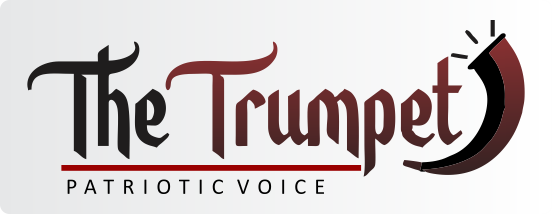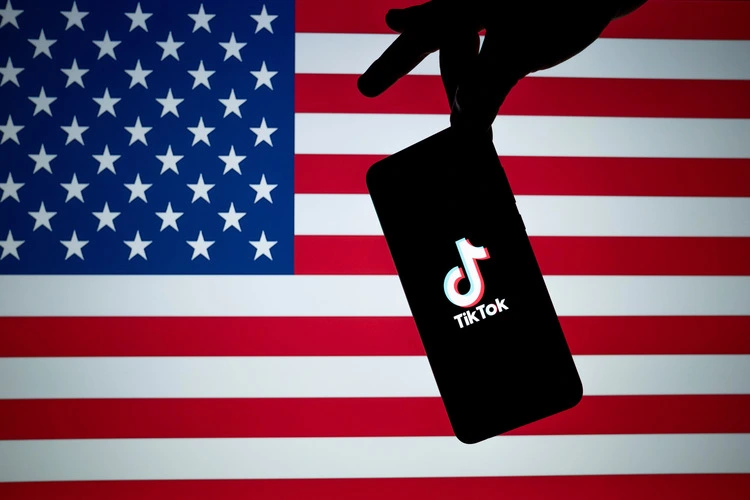TikTok is racing against time to launch “M2,” a standalone U.S.-only version of its wildly popular short-video app, as political pressure mounts for its Chinese parent company, ByteDance, to sell American operations or face a nationwide ban. Reuters revealed in July 2025 that TikTok engineers are building the new app on a separate codebase, powered exclusively by algorithms trained on American user data. The push comes in response to the bipartisan Protecting Americans from Foreign Adversary Controlled Applications Act, which mandates divestiture by September 17, 2025, after multiple extensions granted by the U.S. President Donald Trump.
TikTok commands a massive global audience of 1.6 billion monthly active users, with the United States alone accounting for 136 million, its largest market. In 2024, the platform generated $23 billion in revenue, a 42.8% year-on-year surge, with nearly 77% of earnings coming from advertising. Over 7.5 million U.S. businesses depend on TikTok for marketing and e-commerce, making it not just a social network, but a vital economic engine for creators, entrepreneurs, and brands.
TikTok’s influence extends far beyond entertainment. A 2024 Pew Research survey found that 17% of U.S. adults regularly get news from the platform, up from just 3% in 2020. Among adults aged 18–29, that figure soars to 39%, cementing TikTok as a dominant source of news for younger Americans. More than half of TikTok’s user base now consumes news on the app, a statistic that underscores why lawmakers are increasingly concerned about its role in shaping public discourse.
Read Also:
- Group of very wealthy people ready to buy TikTok, Trump declares
- NiDCOM calls for probe into Nigerian TikTok worker’s death in Kenya
- Kenya accuses TikTok of profiting from teen sexual livestreams
In the midst of the policy firestorm, TikTok has rolled out “Footnotes,” a crowd-sourced fact-checking feature designed to tackle misinformation. Launched on July 30, 2025, the pilot program invites around 80,000 vetted U.S. users to add contextual notes to videos, using an algorithm that seeks consensus among contributors. Modeled after X’s Community Notes, Footnotes combines human moderation with automated review, signaling TikTok’s acknowledgment of its growing influence in the news ecosystem.
The future, however, remains uncertain. If ByteDance fails to finalize a U.S. sale by the September deadline, the app could disappear from American app stores entirely. Any such move would disrupt not only a platform with 170 million U.S. users, but also the advertising ecosystem, small-business marketing strategies, and the way millions of Americans, especially Gen Z-consume information.
Globally, TikTok’s other major markets include Indonesia and Brazil, ensuring the app’s survival even if the U.S. enforces a ban. But the American precedent could inspire other nations to demand similar local data controls or sales to domestic investors. A split into two separate TikTok ecosystems, one U.S.-regulated and one governed under Beijing’s oversight, would fundamentally change how content, creators, and commerce operate across borders.
With just weeks until the September 17 deadline, TikTok’s M2 project represents a high-stakes experiment at the intersection of technology, politics, and culture. It could either secure the app’s future in the U.S. or mark the beginning of its American exile. For now, both Washington and ByteDance are playing a tense waiting game, while creators, advertisers, and millions of users watch the clock tick down.






